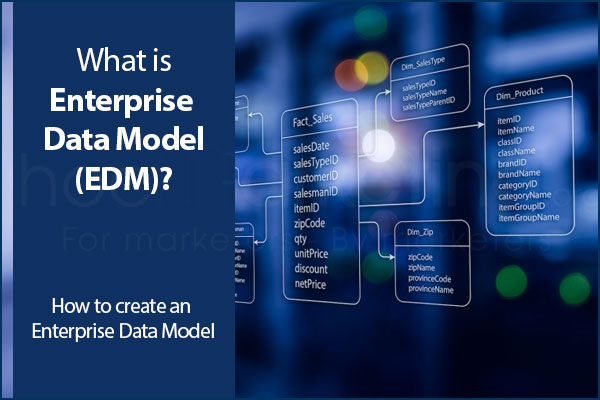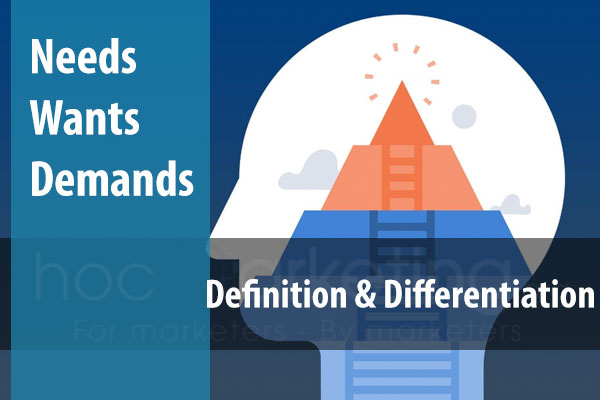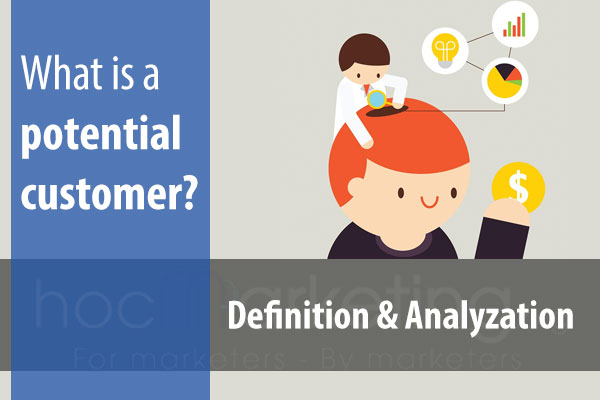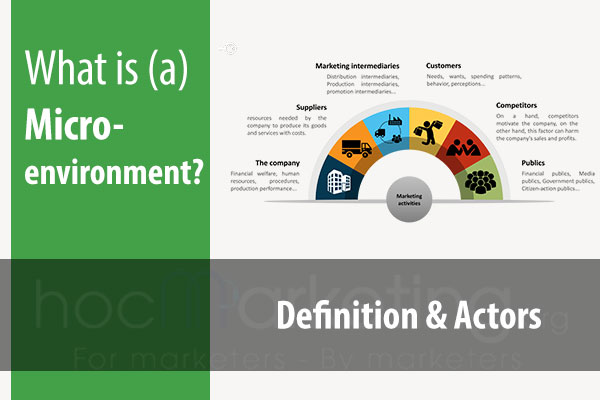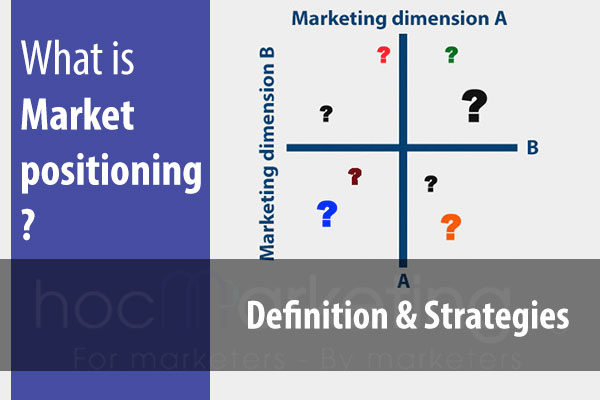
What is an Enterprise Data Model (EDM)? How to create an Enterprise Data Model

To help business manage and understands collected data, Enterprise Data Model (EDM) is a suitable solution for their demands and requirements. In this blog post, we will find out what is a Enterprise Data Model (EDM) and how to use it in ther world of Marketing.
In a developed world, data play an extremely important role in a business, especially in Marketing. With the development of information technology, marketers have deep understanding on data and its integration. To help business manage and understands collected data, Enterprise Data Model (EDM) is a suitable solution for their demands and requirements. In this blog post, we will find out what is a Enterprise Data Model (EDM) and how to use it in ther world of Marketing.
What is an Enterprise Data Model (EDM)?
It's no wonder to find out that Enterprise Data Model has a long and complicated definition, but they are all same in one way or another:
An Enterprise Data Model is an integrated collection of data that uses as reference for their business. It provides information on where the extracted data come from, what it contains and how it can be used.
This definition is not detailed, but it's enough to get the basic idea of what an Enterprise Data Model (EDM) is. By this definition, EDM can be considered as a system that makes Marketing more integrated and efficient.
Short history of Enterprise Data Model
The history of Enterprise Data Model in Marketing is short, but it's enough to prove that this model is only getting more popular. Therefore the development of EDM will keep going and growing in the future. Only by looking back at the past five years, we can see how much EDM has changed marketers' point of view and requirements.
In 2008, a survey by Aberdeen Group showed that fewer than half marketers had well-defined EDM. But two years after, in 2010 Gartner estimated that more than half of all enterprises will build their brands' marketing back-end data integration before the end of 2012. And this number is increasing from year to year in a fast pace.
In only a few years, EDM has shown its importance and value in Marketing world. They are able to play an important role in helping marketers save time, money and resources. It's also an excellent foundation for various business process automation tools and applications, as well as data quality management systems.
The roles of Enterprise Data Model
Enterprise Data Model usually plays roles as below:
Enterprise Data Models help manage big data.
EDM is not just a solution for marketing, but also helps with big data. As the volume of digital information constantly grows every day, marketers need to find solutions in order to process it more efficiently and faster. EDM can help them meet these huge challenges in an efficient way.
Enterprise Data Models visualize data.
One problem that marketers face is the lack of data visibility. By using EDM, marketers can visualize a dataset to get an overall understanding about their data sources and build reliability on them. This makes it easier for marketers to decide which information they need to buy or which tools they need to implement in order to create reliable datasets.
Enterprise Data Models enable data integration.
EDM is essential for marketers who want to create an easily shareable and reusable data. When the marketer defines a dataset, they can get a clear comprehension of how their datasets interconnect. Therefore it's easier and faster to integrate them later and use them for different purposes.
Enterprise Data Models provide processes standards.
Marketers want to find solutions for all of their problems. But the problem is, they are not the only one who need these solutions. To provide marketers with a standard solution and process, EDM can help them build an efficient process flow. This also makes it easier for marketers to maintain data quality throughout various platforms and applications.
Enterprise Data Models help marketers understand data accuracy.
Data accuracy is an important issue to consider. Marketer wants to make sure that their customers receive relevant information with high quality. By using EDM, marketers can better understand where the errors come from and easily take them out before they spread all over the organization.
Enterprise Data Models support business transformation.
In order to stay competitive, marketers want to make sure that their business runs as efficient and quickly as possible. EDM makes it easier for marketers to provide a flexible platform where required information is easily accessible. Marketing transformation ensures that marketing operations can be managed in a strategic way.
How to create an Enterprise Data Model
Creating an Enterprise Data Model can be a difficult and complicated task for marketers. It depends on the business field, researched objects, research goals that a marketer can select a proper way to create an Enterprise Data Model. However, there are common steps to create one, as below:
Step 1. Define what data fields should be collected.
First, marketers must define what kind of data they want to collect. For example, if an Enterprise Data Model store customers data, there would be fields such as customer name, phone number, email addresss, number of orders...
Step 2. Organize data fields into tables, with each field as a column.
Second, marketers can organize data fields to the form of table. Each field would be a column in each table. For example, if there is an EDM for storing customers information, they would define a customer table with those fields as columns:
Table 1: Customer Table
Collected data will be stored as rows in those tables.
Step 3. Create relationships among tables.
After creating all of the tables, marketers can define relationships among the table for better data management. For example, a table of "customer" would have a relationship with other tables such as "order", and "payment history".
Step 4. Design how the data will be extracted.
Based on the technology to store the data, marketers need to design how the data would be extracted. The marketer must define which field, which table and the range of data to be extracted.
For example, if the company would like to know the revenue from female customer in July 2017, they would have to extract data from:
- Table "customer", filtered by "gender"
- Table "order", filtered by "date" & "id_customer"
Extracted data can be presented as a table, chart or diagram.
Some popular Enterprise Data Model Tools
Diagrams.net
Diagrams.net is a powerful Enterprise Data Model design tool for marketers who need to create data models and diagrams. It provides quick & simple ways to build wireframes, which make it easier for users to understand enterprise data structures.
Gliffy (gliffy.com)
Gliffy enables marketers to build diagrams quickly. Marketers can choose from a variety of symbols, shapes and connectors to build custom diagrams with ease.
Microsoft Power Bi (powerbi.microsoft.com)
Marketers can use Power Bi to create Enterprise Data Model in an easy way. This tool provides drag-and-drop features so that users don't need to manually define table structures. Furthermore, Power Bi provides data visualization function that enables marketers to build charts and diagrams based on extracted data.
Summary
Enterprise Data Models help marketers understand data accuracy by providing a better way of managing their existing information, and support business transformation with massive marketing operations in order for marketers to stay competitive. In addition, marketers can make sure to store all collected data with the right storage devices in order for easy access. Moreover, there are several tools that can help marketers build and design Enterprise Data Models.
This article has provided an overview of what Enterprise Data Model is used for, as well as how it works and some popular tools for building an EDM.
